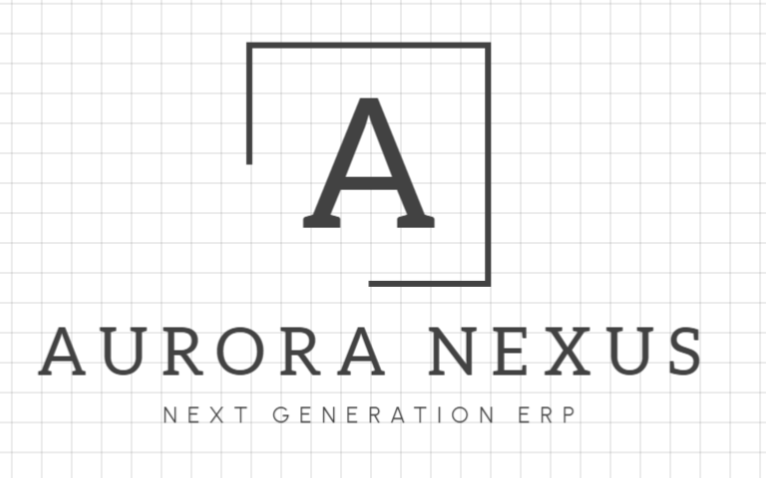Due to the tight schedule we were working with, we adopted a "build, measure, learn" philosophy. We stripped the feature to its bare essentials, relentlessly seeking shortcuts and alternatives. Each iteration brought us closer to a viable solution, allowing us to refine our approach and prioritize risk mitigation continuously. This meant:
- Streamlining the design: Instead of a complex "build" layer, a simple 5% margin around the blueprint sufficed.
- Concentrating on web development: Mobile development was deferred to avoid spreading resources too thin.
- Utilizing lightweight data storage: JSON files replaced a full-fledged database for efficient data management.
- Delaying authentication: A login screen was deemed non-essential in the initial stages.








